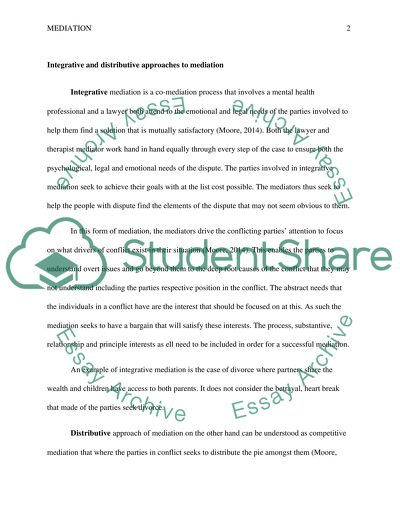Cite this document
(“Mediation Research Paper Example | Topics and Well Written Essays - 1250 words - 1”, n.d.)
Mediation Research Paper Example | Topics and Well Written Essays - 1250 words - 1. Retrieved from https://studentshare.org/miscellaneous/1685895-mediation
Mediation Research Paper Example | Topics and Well Written Essays - 1250 words - 1. Retrieved from https://studentshare.org/miscellaneous/1685895-mediation
(Mediation Research Paper Example | Topics and Well Written Essays - 1250 Words - 1)
Mediation Research Paper Example | Topics and Well Written Essays - 1250 Words - 1. https://studentshare.org/miscellaneous/1685895-mediation.
Mediation Research Paper Example | Topics and Well Written Essays - 1250 Words - 1. https://studentshare.org/miscellaneous/1685895-mediation.
“Mediation Research Paper Example | Topics and Well Written Essays - 1250 Words - 1”, n.d. https://studentshare.org/miscellaneous/1685895-mediation.


